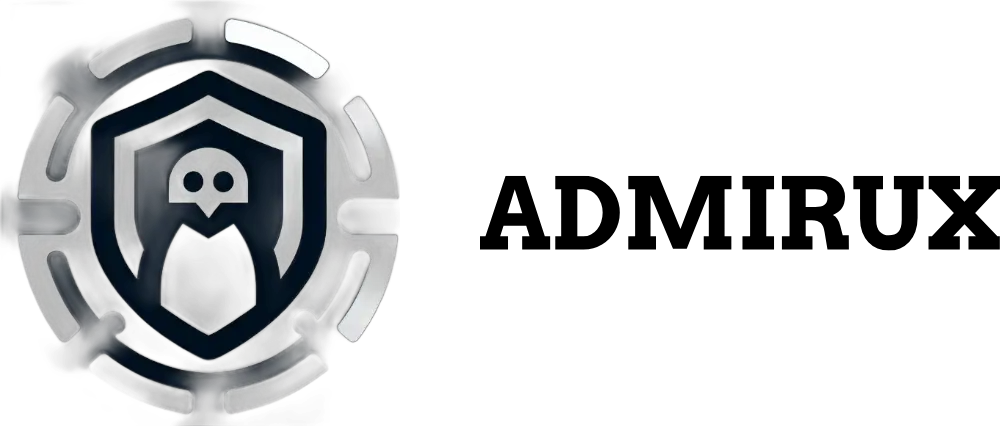Understanding Technical, Managerial, Operational, Preventive, and Corrective Controls in Information Security
In the realm of information security, controls are measures implemented to safeguard systems, data, and networks from unauthorized access, breaches, and other security threats. These controls are categorized based on their function and the way they are enforced. Understanding the different types of controls—technical, managerial, operational, preventive, and corrective—helps organizations design and implement a comprehensive security strategy. This blog post explores these categories in depth, providing examples to illustrate their roles in a robust information security framework.
Technical Controls: Automated Enforcement through Hardware and Software
Definition:
Technical controls are security mechanisms enforced by computer hardware and software. These controls are designed to protect the integrity, confidentiality, and availability of data and systems by automatically managing security policies, detecting threats, and preventing unauthorized access.
Example – Access Control Lists (ACLs):
A prime example of a technical control is an Access Control List (ACL) configured on a network firewall. An ACL is a set of rules that determines which traffic is allowed or denied access to the network. When a packet arrives at the firewall, the ACL inspects it against predefined criteria such as IP addresses, port numbers, and protocols. If the packet matches the criteria in the ACL, it is allowed through; otherwise, it is blocked. This automated process occurs without human intervention, ensuring that only legitimate traffic can access the network.
Other Examples of Technical Controls:
- Encryption: Encrypting data both at rest and in transit to prevent unauthorized access.
- Intrusion Detection Systems (IDS): Monitoring network traffic for suspicious activity and alerting administrators to potential threats.
- Antivirus Software: Automatically scanning files and systems for malware and removing any detected threats.
Managerial Controls: Governance and Oversight of Security Processes
Definition:
Managerial controls are administrative in nature and focus on the governance, oversight, and strategic management of an organization’s security program. These controls involve setting policies, defining roles and responsibilities, and ensuring compliance with regulatory requirements and internal policies.
Example – Risk and Compliance Monitoring:
Monitoring risk and compliance is a managerial control, as it involves the ongoing evaluation of the effectiveness of security measures and the organization’s adherence to relevant laws and regulations. For example, a Chief Information Security Officer (CISO) may oversee regular audits to ensure that the company complies with industry standards such as ISO 27001 or GDPR. This managerial oversight ensures that the organization remains aligned with its security objectives and legal obligations.
Other Examples of Managerial Controls:
- Security Policy Development: Creating and maintaining security policies that define how the organization will protect its assets.
- Risk Assessment: Identifying potential security risks and determining their likelihood and impact on the organization.
- Security Awareness Programs: Implementing programs to educate employees about security best practices and their role in protecting the organization.
Operational Controls: Human-Centric Security Measures
Definition:
Operational controls are those that are performed by people rather than automated systems. These controls involve day-to-day security activities that help to prevent, detect, and respond to security incidents.
Example – Security Guards:
An example of an operational control is the use of security guards to physically protect an organization’s premises. Security guards are responsible for monitoring access to buildings, inspecting visitors, and responding to security breaches. Their presence acts as a deterrent to unauthorized access and ensures that only authorized personnel can enter secure areas.
Other Examples of Operational Controls:
- Security Awareness Training: Regularly educating employees about emerging threats and safe computing practices.
- Incident Response Plans: Having a team ready to respond to security incidents, such as data breaches or physical intrusions.
- Manual Log Reviews: Manually reviewing security logs to identify any suspicious activities that automated systems might have missed.
Preventive Controls: Stopping Attacks Before They Happen
Definition:
Preventive controls are proactive measures designed to eliminate or reduce the likelihood of a security incident before it can occur. These controls aim to block threats and vulnerabilities from being exploited.
Example – User Education and Training:
User education and training are preventive controls that equip employees with the knowledge they need to avoid falling victim to security threats, such as phishing attacks. For instance, by training users to recognize phishing emails, an organization can prevent them from clicking on malicious links or providing sensitive information to attackers. This reduces the risk of a successful attack.
Other Examples of Preventive Controls:
- Network Segmentation: Dividing a network into smaller segments to limit the spread of malware.
- Firewalls: Blocking unauthorized access to the network by filtering incoming and outgoing traffic.
- Access Controls: Restricting access to sensitive data and systems based on the principle of least privilege.
Corrective Controls: Mitigating the Impact of Incidents
Definition:
Corrective controls are measures implemented after a security incident has occurred to eliminate or mitigate its impact. These controls help to restore systems and data to their normal state and prevent similar incidents from happening in the future.
Example – Backups:
Backups are a classic example of a corrective control. If an organization falls victim to a ransomware attack that encrypts its data, having up-to-date backups allows it to restore the affected data without paying the ransom. This corrective measure not only mitigates the impact of the attack but also enables the organization to recover quickly and continue operations.
Other Examples of Corrective Controls:
- Patch Management: Applying patches and updates to systems after vulnerabilities are discovered to prevent their exploitation.
- Incident Response Procedures: Implementing a plan to address and contain a security breach, including steps to recover affected systems.
- Forensic Analysis: Investigating the root cause of an incident to understand how it occurred and to prevent future occurrences.
Integrating Controls into a Comprehensive Security Strategy
For an organization to effectively protect its assets, it must integrate technical, managerial, operational, preventive, and corrective controls into a cohesive security strategy. Each type of control serves a distinct purpose and addresses different aspects of security.
Scenario 1: Protecting a Financial Institution’s Network Imagine a financial institution that needs to protect its network from cyber threats. The organization might implement the following controls:
- Technical Control: Configure an ACL on its firewall to allow only authorized traffic to access its internal systems.
- Managerial Control: Regularly monitor compliance with financial regulations such as PCI-DSS to ensure that all security measures are up to standard.
- Operational Control: Deploy security guards at data centers to prevent unauthorized physical access.
- Preventive Control: Conduct regular phishing awareness training for employees to reduce the likelihood of social engineering attacks.
- Corrective Control: Maintain regular backups of all critical data to ensure recovery in case of a successful ransomware attack.
Scenario 2: Securing a Healthcare Organization’s Patient Data A healthcare organization needs to safeguard patient data against breaches. Here’s how it might apply different controls:
- Technical Control: Implement encryption for all patient data stored in databases to protect against unauthorized access.
- Managerial Control: Conduct periodic risk assessments to identify potential threats to patient data and adjust security policies accordingly.
- Operational Control: Train staff on proper data handling procedures and the importance of securing patient information.
- Preventive Control: Use multi-factor authentication (MFA) to prevent unauthorized access to electronic health records.
- Corrective Control: Develop an incident response plan to quickly address and contain any data breaches, ensuring minimal disruption to patient care.
Conclusion
Understanding the different types of controls—technical, managerial, operational, preventive, and corrective—is essential for developing a robust information security strategy. Each control type plays a unique role in protecting an organization’s assets, from preventing unauthorized access to ensuring rapid recovery after an incident. By implementing a layered approach that incorporates all these controls, organizations can create a comprehensive defense against a wide range of security threats.
In the dynamic landscape of cybersecurity, staying ahead of threats requires not only implementing the right controls but also regularly reviewing and updating them to address new challenges. Whether it’s the automated enforcement of policies through technical controls or the human element in operational controls, each aspect contributes to a resilient security posture capable of withstanding the evolving threat landscape.
Share via:

